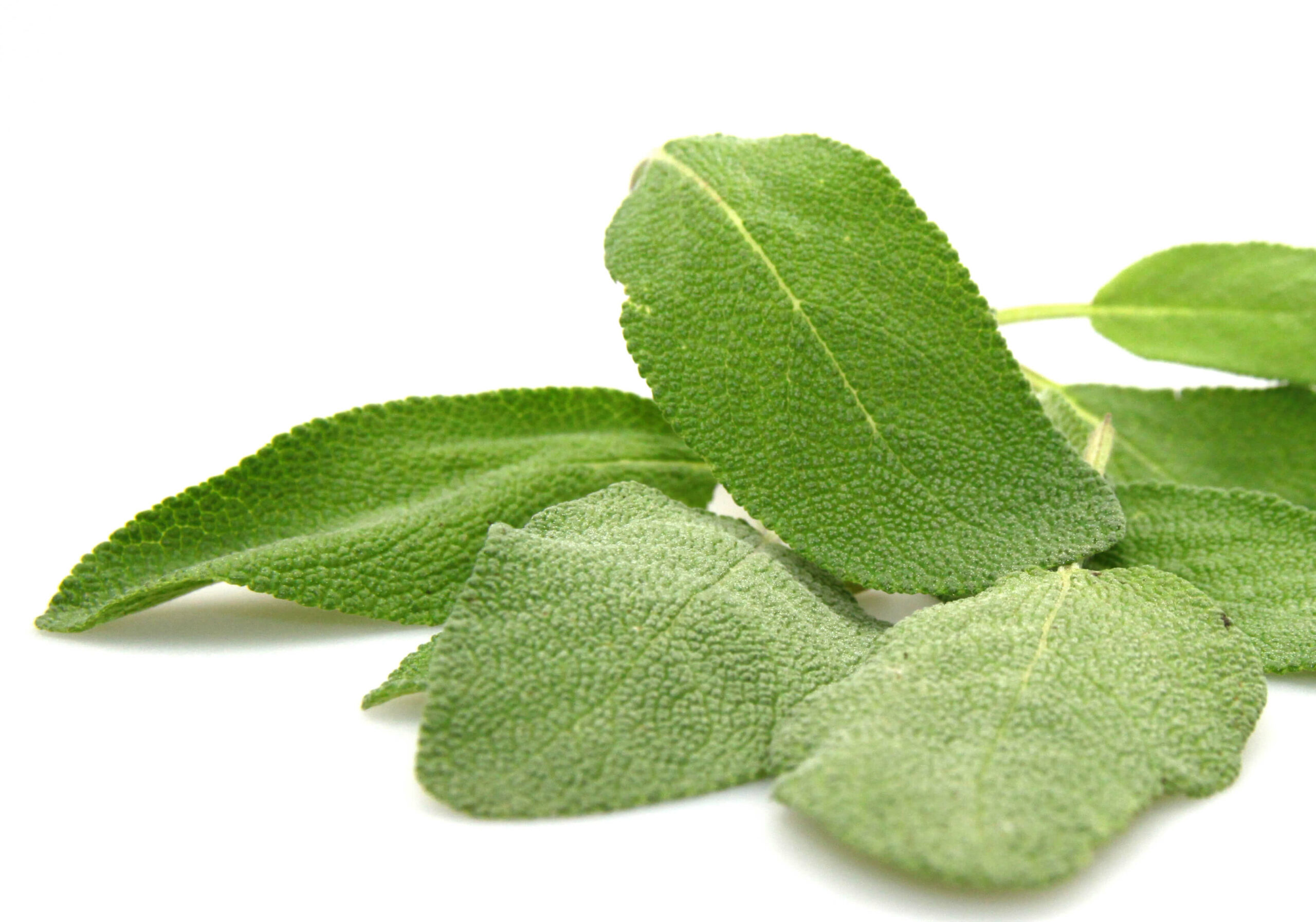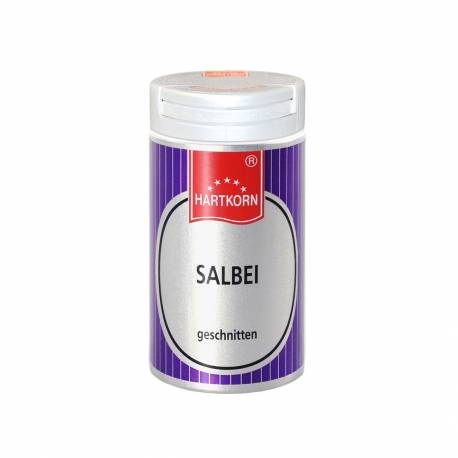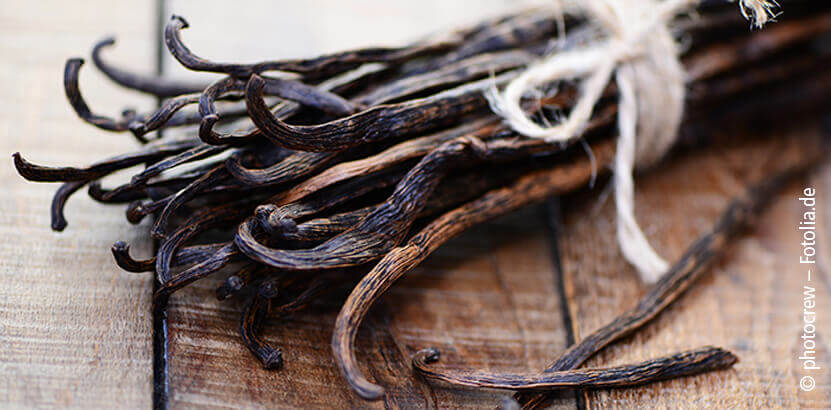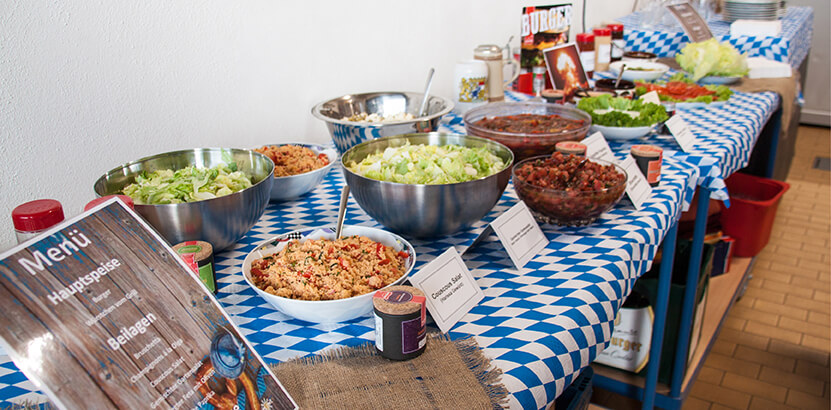Synonyms: botanical family: origin: Classification: spice shape: taste: odour: use: Sage smells aromatically spicy, somewhat pine-like and tastes slightly burning and camphor-like. Because of its dominant flavour, dried sage leaves should be used sparingly. You can be a bit more generous with fresh produce when seasoning. It is mostly used together with other seasoning herbs for meat, game and poultry dishes, in soups (Hamburg eel soup), fish and sausage products. Italian cuisine has a great preference for sage - "Saltimbocca alla romana", or "jump in the mouth", is unthinkable without sage. The spicy herb is also used in the pharmaceutical, perfume and cosmetics industries. tip: Recipe suggestion: knowledge: Botany: Home & Distribution: cultivation & extraction: history: Sage
General information
Use
Things to know
 Botanical name:
Botanical name:
Salvia officinalis L.
Greek tea, Muscatel herb, tooth lath
flowering plants
former Yugoslavia, Bulgaria, France, Turkey, Albania, Hungary
Herb
leaves
spicy, slightly bitter and burning
spicy, pine-like
In Italian and French cuisine, minced meat, poultry, pork, lamb, roast and cooked fish, eel, fillings, pâtés, salad and herb sauces
When fried in oil, it develops its full aroma.
Saltimbocca: Beat small veal escalopes flat, cover with 1 sage leaf and air-dried ham and fix with a toothpick. Season with salt and pepper on the back. Fry on both sides in clarified butter for about 1.5 minutes. Add veal stock and white wine, bring to the boil briefly and pour over the escalopes.
botany: There are more than 800 - 1100 species of sage of the genus Salvia (Latin salvare = to heal).
The perennial, strongly branched semi-shrub from the labiate family grows about 20 to 70 cm high. Its very typical, elongated-ovate or narrow-elliptical, olive-green to greenish-grey leaves grow to 2 to 9 cm long, 1 to 5 cm wide, are velvety-felt-hairy when young, becoming glabrous when old, and have a finely serrated edge. The slightly sunken vein network on the upper side clearly stands out on the underside of the leaves and gives them a wrinkled appearance. The flowers are mostly light purple, more rarely white.
The sage probably originates from Dalmatia and Macedonia, has spread in the Mediterranean from the Balkans to the Iberian Peninsula and is often found in the wild. Larger areas of cultivation can be found in Asia Minor, the Crimea, Ireland, southern Scandinavia, Germany, the USA and Central America.
Sage for kitchen use comes fresh from the garden, while the large-scale cultivation supplies the market with dried, cut or sometimes ground leaves.
This typical Mediterranean plant was probably carefully cultivated in ancient times. In earlier centuries it was said to have extraordinary healing powers as well as the power to make mystical gifts. A few leaves of sage, for example, are said to preserve marital fidelity for eternity.
http://de.wikipedia.org/wiki/Salbei







